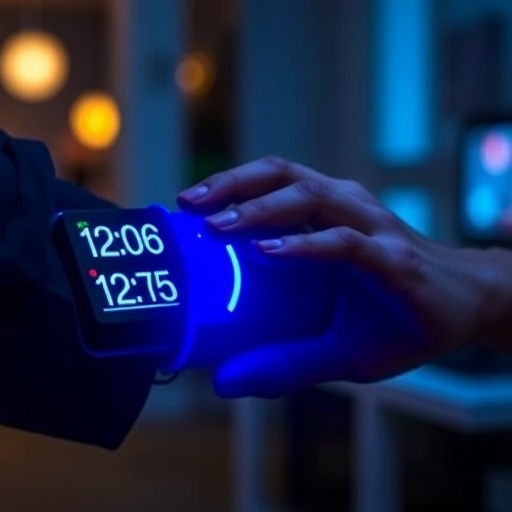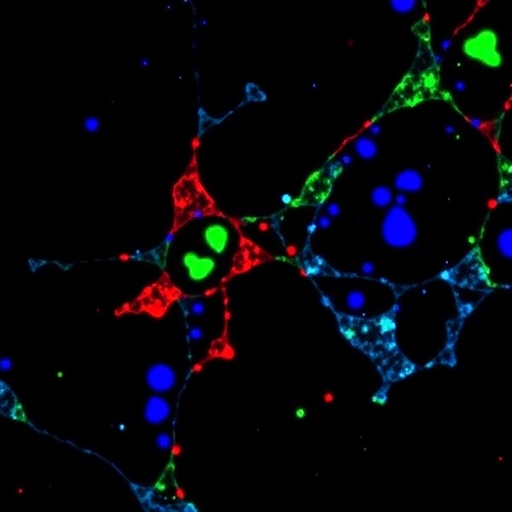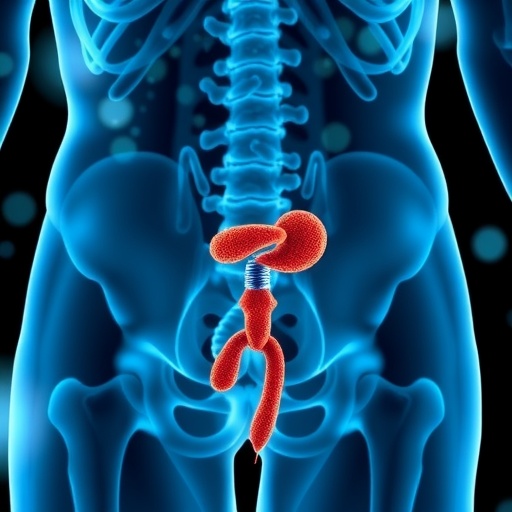In a transformative move towards enhancing community health management, researchers have embarked on the development and evaluation of an Internet of Things (IoT)-based hypertension surveillance system. Hypertension, often termed the silent killer, affects millions globally and poses significant health risks, including heart disease and stroke. This new surveillance system, which is designed for community health settings, seeks to improve the detection, monitoring, and management of hypertension among populations that may lack access to traditional healthcare resources.
The study protocol, detailed by Zheng and colleagues, employs a mixed-methods quasi-experimental design. By integrating both qualitative and quantitative research approaches, the researchers aim to provide a comprehensive overview of the system’s impacts on hypertension management. This dual approach will not only yield measurable outcomes related to blood pressure regulation but also capture the subjective experiences and feedback of participants utilizing the system.
Central to the project is the innovative use of wearable technology and connected devices that can continuously monitor individuals’ blood pressure readings. These devices relay data in real-time to healthcare providers, facilitating timely interventions and personalized care plans. This proactive approach has the potential to transform how hypertension is managed in community settings, where traditional monitoring methods may fall short due to resource constraints or lack of access to health care providers.
The research team has defined specific objectives for the IoT-based system. One of the primary aims is to assess the effectiveness of remote monitoring in reducing blood pressure levels among hypertensive patients. By comparing the outcomes of patients utilizing the IoT system to those receiving standard care, the researchers anticipate valuable insights into the benefits of technological integration in healthcare practices.
To further augment the system’s effectiveness, the researchers plan to implement educational components that empower patients with knowledge about hypertension management. By combining technology with education, the initiative aims to foster greater patient engagement and adherence to treatment protocols. This holistic approach to patient care is essential, particularly in community health settings where knowledge gaps may hinder effective management of chronic conditions.
An equally important aspect of the study is the evaluation of user satisfaction and technology acceptance among participants. The researchers understand that no health intervention can succeed without the buy-in of those it seeks to serve. Therefore, they will deploy questionnaires and conduct interviews to gather feedback from users regarding their experiences with the IoT system, its usability, and its impact on their health management journey.
The implications of this research extend beyond hypertension surveillance. As the healthcare sector increasingly embraces digital solutions, the insights gained from this study could inform the development of similar systems for other chronic health conditions. This adaptability of IoT technologies represents a significant leap towards personalized medicine, where interventions are tailored not just to the condition, but also to the individual’s lifestyle and preferences.
Moreover, the study is poised to address broader public health objectives as well. By effectively managing hypertension at the community level, the project has the potential to reduce healthcare costs associated with emergency interventions and hospital admissions. As populations age and the prevalence of chronic diseases rises, such preventive strategies become essential for sustainable healthcare practices.
Collaboration among various stakeholders—including healthcare professionals, technology developers, and policy-makers—will be crucial for the successful implementation and sustainability of the IoT-based hypertension surveillance system. The researchers emphasize the need for a multidisciplinary approach to overcome potential barriers such as privacy concerns, data security, and the digital divide that may prevent some community members from accessing the technology.
As the trial progresses, the researchers will keep a close eye on data handling protocols. The ethical management of sensitive health information is paramount, and the invisibility of technology in routine health practices necessitates robust frameworks for data privacy and security. The team is committed to ensuring that patient data are handled ethically and transparently throughout the study.
Furthermore, the longitudinal nature of the study will allow researchers to monitor not only immediate health outcomes but also sustainment of health behaviors over time. Understanding whether participants continue to engage with the technology and alter their lifestyle choices long after the intervention is complete will offer key insights into the long-term benefits of such systems.
This groundbreaking project represents a significant step forward in the integration of technology within community health settings. In building a surveillance system tailored to the needs of hypertensive patients, the research team is not just addressing a public health issue; they are reshaping the landscape of how chronic diseases are managed.
As society moves toward more connected and data-driven healthcare solutions, the outcomes of this IoT-based hypertension surveillance study could set a precedent for future health innovations. Ultimately, if successful, it may very well pave the way for similar initiatives targeting other non-communicable diseases, ushering in a new era of health management that is responsive to the needs of individuals in diverse settings.
Such advancements highlight a vital shift in how we perceive health care delivery—one that is increasingly reliant on technology but, most importantly, focused on empowering patients through knowledge and accessibility. By bridging the gap between technology and healthcare, this study underscores the potential of IoT solutions to make a meaningful impact on public health outcomes across communities.
In conclusion, the exploration of IoT-based systems for hypertension surveillance is not merely an innovation; it is an imperative. As researchers, healthcare providers, and technology developers come together to harness the power of connected health solutions, the ongoing pursuit for better health management becomes a shared mission, with the hope that it will alleviate the burden of chronic diseases like hypertension on a global scale.
Subject of Research: Development and evaluation of an IoT-based hypertension surveillance system in community health settings.
Article Title: Development and evaluation of an IoT-based hypertension surveillance system in community health settings: a mixed-methods quasi-experimental study protocol.
Article References:
Zheng, W., Hua, Ll., Tan, J. et al. Development and evaluation of an IoT-based hypertension surveillance system in community health settings: a mixed-methods quasi-experimental study protocol.
BMC Health Serv Res 25, 1399 (2025). https://doi.org/10.1186/s12913-025-13562-3
Image Credits: AI Generated
DOI:
Keywords: IoT, hypertension, community health, surveillance system, mixed-methods research, healthcare technology, patient engagement, chronic disease management.
Tags: access to healthcare resourcescommunity health managementhypertension management strategieshypertension surveillance systemIoT hypertension monitoringmixed-methods research in healthproactive health interventionsqualitative and quantitative research approachesreal-time blood pressure monitoringsilent killer health riskstransforming community healthwearable technology for health





